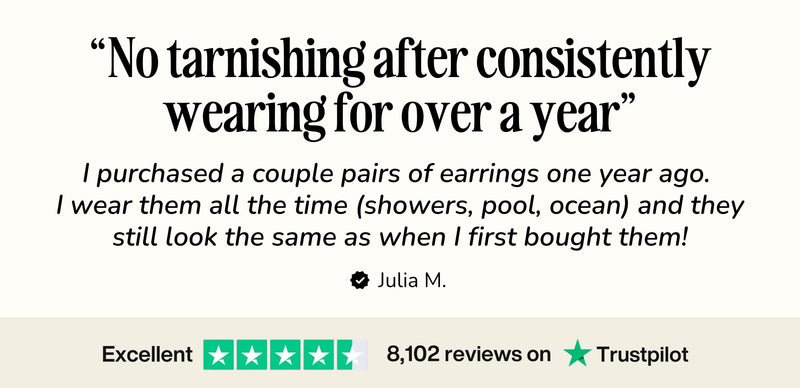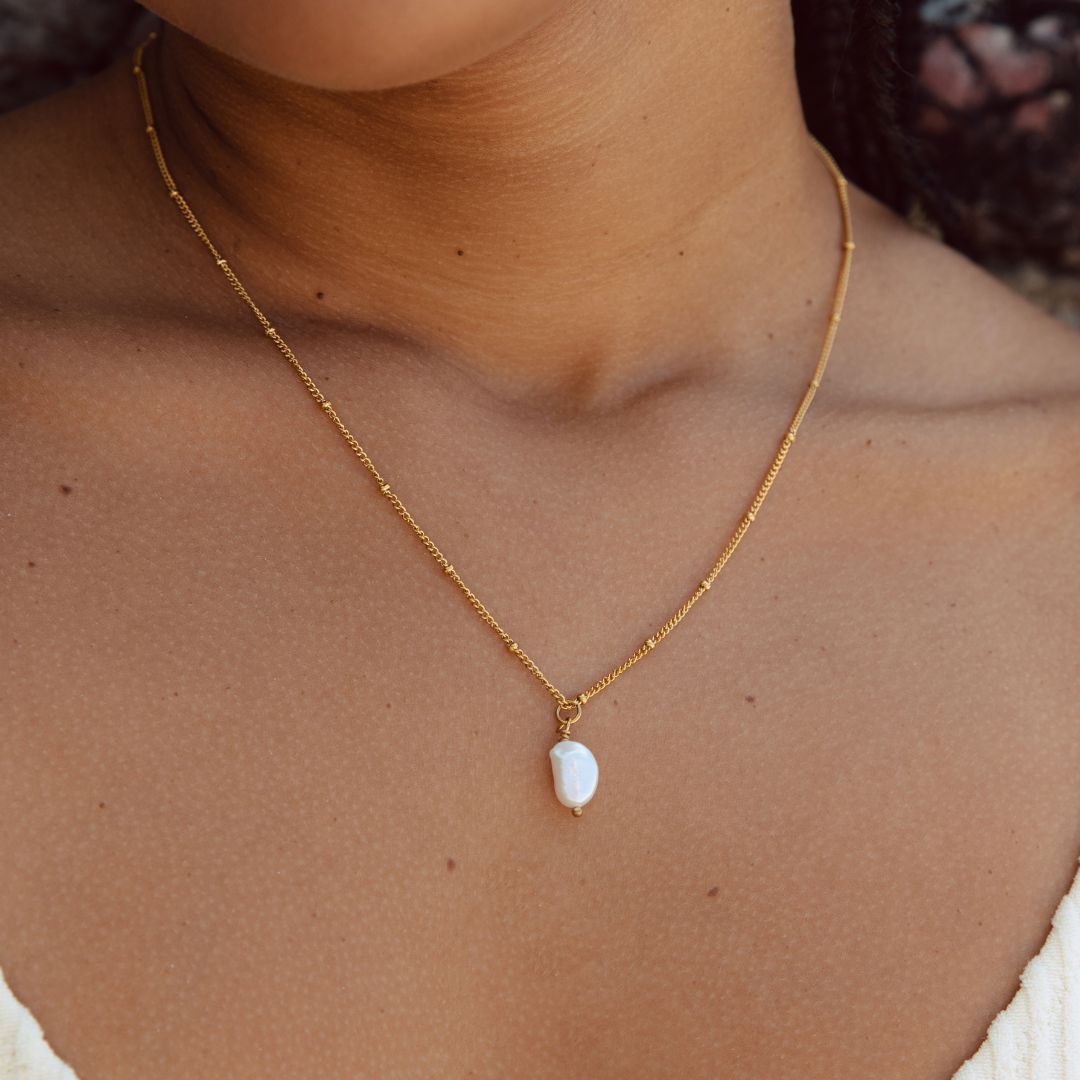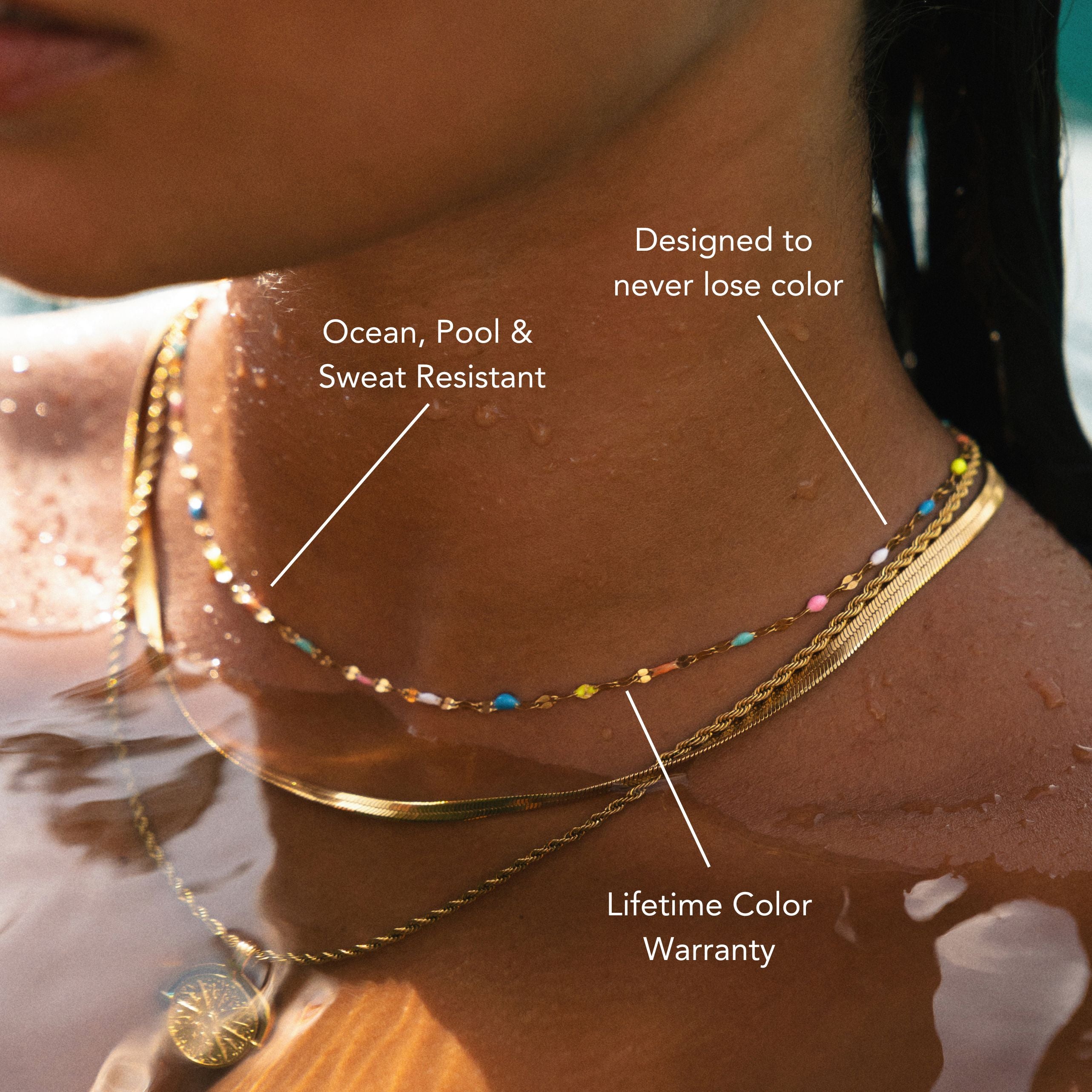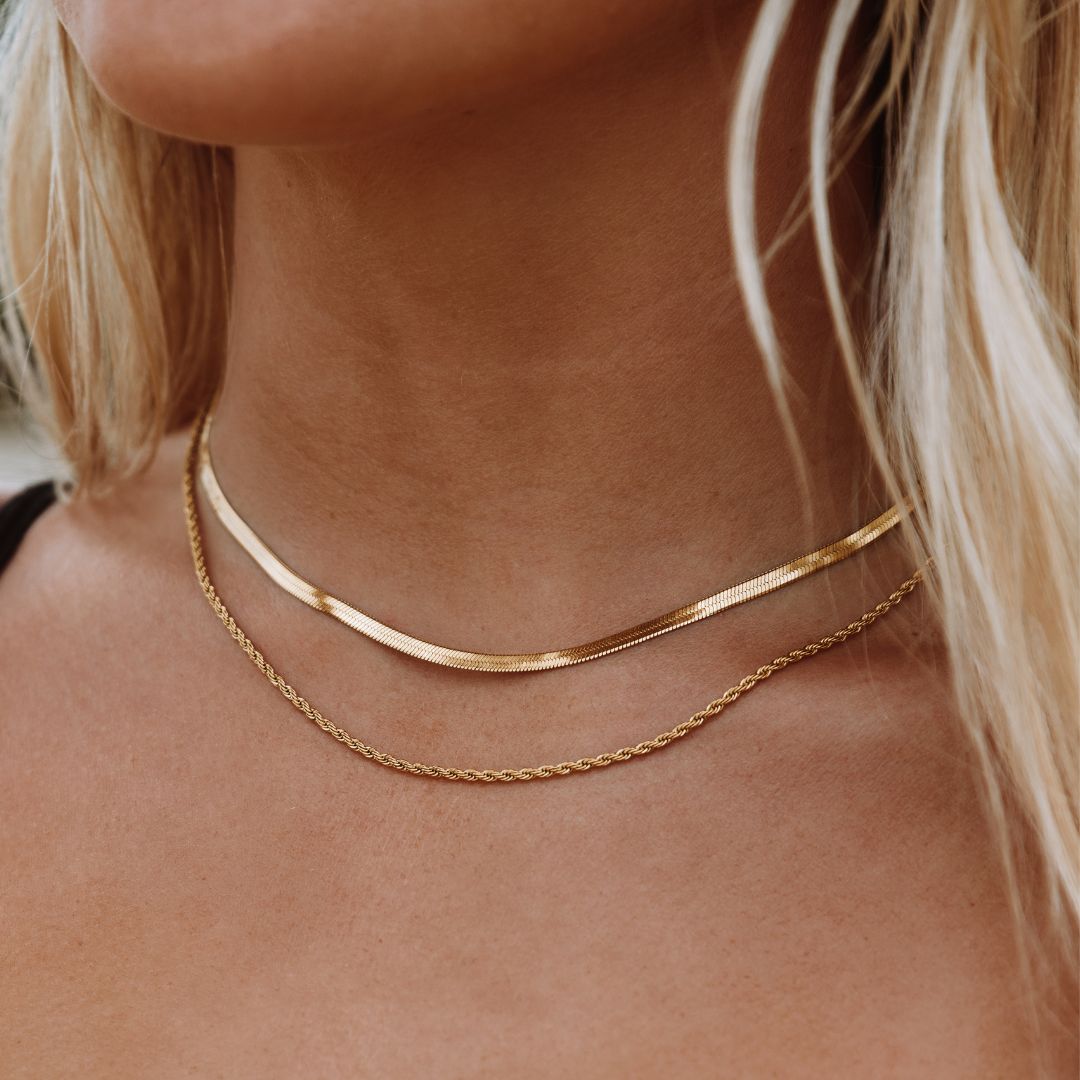
How to Clean Pearls Without Ruining Them
When it comes to how to clean pearls without causing damage, start with a soft, damp cloth and lukewarm water. Avoid using harsh chemicals, as they can harm the delicate nacre layer. For tougher dirt, mix a mild, pH-balanced soap with water, applying it to the cloth rather than directly on the pearls. Afterward, rinse the pearls gently in lukewarm water and dry them thoroughly with a lint-free cloth. For storage, choose breathable pouches to prevent moisture buildup. Regularly wipe down your pearls after wearing and check for any signs of wear. Discover additional tips on preserving these precious gems and explore beautiful pieces like our single pearl necklaces for timeless elegance.
Understanding Pearl Composition
Pearls are unique gems formed through a fascinating natural process. Their formation begins when an irritant, such as a grain of sand or a parasite, enters an oyster or mollusk. In response, the creature secretes layers of nacre, a substance composed primarily of aragonite and conchiolin. Over time, these layers build up, creating a pearl.
You'll find different pearl types based on the mollusk species and the environment in which they grow. The most common types include freshwater, saltwater, and cultured pearls.
Freshwater pearls typically come from mussels and often feature a varied range of shapes and colors. Saltwater pearls, on the other hand, are usually produced by oysters and include popular varieties such as Akoya, Tahitian, and South Sea pearls.
Cultured pearls are made with human intervention, where a technician intentionally introduces an irritant to stimulate nacre production. Understanding these distinctions and the intricate process of pearl formation is essential for appreciating their beauty and value.
This knowledge will also help you take proper care of your pearls, ensuring they maintain their luster and remain stunning for years to come.
Common Cleaning Mistakes
While understanding pearl composition is important for appreciating their beauty, it's equally essential to know how to care for them properly. One common mistake is overcleaning pearls. It might seem like frequent cleaning will maintain their luster, but excessive scrubbing can wear down the surface, dulling their shine and damaging the nacre.
Another critical error is using harsh chemicals. Many people mistakenly believe that strong cleaners can quickly remove dirt and grime. However, these substances can strip away the protective layers of pearls, leading to irreversible damage. Always avoid bleach, ammonia, or any abrasive cleaners.
You should also be cautious about the tools you use. Scrubbing pearls with rough cloths or brushes can scratch their delicate surface. Instead, opt for a soft, lint-free cloth when wiping them down after wearing.
Lastly, don't forget that pearls are porous. Storing them in airtight containers can trap moisture and lead to mold growth. Instead, keep them in a breathable pouch or a soft-lined jewelry box.
Recommended Cleaning Supplies
When it comes to cleaning pearls, using the right supplies is crucial for their care.
You'll want to gather soft cloth materials, mild soap solutions, and consider natural cleaning alternatives to guarantee your pearls remain in pristine condition.
These items can help you maintain their luster without causing damage.
Soft Cloth Materials
To effectively clean your pearls, using the right soft cloth is essential. The delicate surface of pearls can easily scratch, so you need to choose materials that won't cause damage. Microfiber cloths are an excellent option; they're gentle yet effective at removing dirt and oils without scratching the pearl's surface. Their fine fibers trap dust and grime, guaranteeing a thorough clean.
Cotton flannel is another great choice for cleaning pearls. This soft, non-abrasive fabric is perfect for polishing your pearls while preserving their luster. Flannel's plush texture allows it to glide over the surface, minimizing the risk of scratches or scuffs.
When cleaning your pearls, avoid using paper towels or rough fabrics, as these can create tiny scratches that dull their shine. Instead, keep a dedicated microfiber cloth or a piece of cotton flannel handy specifically for your pearl jewelry.
Remember to use a gentle touch, wiping in a circular motion to maintain their beautiful sheen. By using the right soft cloth materials, you'll guarantee your pearls remain stunning for years to come.
Mild Soap Solutions
For cleaning your pearls effectively, using a mild soap solution is highly recommended. Choose a gentle, pH-balanced soap that won't harm the delicate surface of your pearls. Avoid harsh chemicals or abrasive cleaners, as they can damage the luster and integrity of the pearls. A few drops of mild liquid soap mixed with warm water will create an effective cleaning solution.
When using this soap solution, dip a soft cloth into the mixture and gently wipe each pearl. Make sure to clean between the pearls as well, ensuring that dirt and oils are removed without damaging the stringing material.
It's crucial to rinse the pearls in clean, lukewarm water after washing to remove any soap residue.
As for cleaning frequency, aim to clean your pearls every few months, or more often if you wear them regularly. This routine will help maintain their beauty and prevent buildup from cosmetics, oils, and environmental factors.
Natural Cleaning Alternatives
Natural cleaning alternatives offer a gentle way to maintain your pearls' elegance without the use of harsh chemicals. When it comes to cleaning your pearls, two effective and safe options are a vinegar solution and baking soda.
To create a vinegar solution, mix one part white vinegar with three parts water. Soak a soft cloth in this solution and gently wipe your pearls, being careful not to soak them or use excessive pressure. This method helps remove dirt and oils while preserving the luster of the pearls.
Baking soda is another excellent choice for cleaning. Make a paste by mixing baking soda with a small amount of water until it forms a thick consistency. Apply this paste to a soft cloth and gently rub it over your pearls. The baking soda acts as a mild abrasive, effectively lifting away grime without scratching the surface.
After using either method, rinse your pearls with clean water to remove any residue. Always dry them thoroughly with a soft, lint-free cloth.
Step-by-Step Cleaning Process
Cleaning pearls requires a careful approach to preserve their luster and integrity. Start by gathering your supplies: a soft, lint-free cloth, lukewarm water, and a mild soap, if necessary. Before you begin, check your pearls for any signs of damage. If they're in good condition, you can proceed.
First, dampen the cloth with lukewarm water. Gently wipe each pearl individually, being careful not to rub too hard. Always move in a circular motion to avoid scratching the surface. If you notice any stubborn dirt, mix a small amount of mild soap with the water. Apply this mixture to the cloth, not directly to the pearls, and continue cleaning.
It's vital to clean your pearls regularly, but don't overdo it. Aim for a cleaning frequency of once every few months, or after wearing them, especially if you've applied makeup or perfume. This helps prevent buildup and maintains their beauty.
Once you're done, let the pearls air dry completely before handling them again. Following these steps guarantees proper pearl care and keeps your treasured jewelry looking stunning for years to come.
Drying and Storing Pearls
After cleaning your pearls, it's essential to dry them properly to prevent damage.
Gently pat them with a soft cloth and allow them to air dry completely before storing.
Choosing the right storage method will help maintain their luster and prevent scratching.
Proper Drying Techniques
When it comes to drying your pearls, it's vital to handle them with care to maintain their luster and integrity. After gently cleaning them, use a soft, lint-free cloth to blot away any excess moisture. Avoid rubbing, as this can scratch the surface of your pearls.
Implementing effective drying techniques is necessary. Lay the pearls flat on a clean, dry cloth, allowing them to air dry naturally. Never expose them to direct sunlight or heat sources, as this can lead to discoloration and damage.
If your pearls are strung, make sure the silk thread doesn't remain damp for too long; moisture control is key. Once they're dry, check for any remaining moisture in the drill holes, as trapped water can cause deterioration over time.
You can use a hairdryer on a cool setting, held at a distance, to gently blow air around the pearls if needed, but this should be done sparingly.
Safe Storage Methods
Proper storage is essential for preserving the beauty and longevity of your pearls. After cleaning and drying your pearls, the next step is to store them correctly.
First, choose a cool, dry place with humidity control to prevent damage. Too much moisture can lead to mold or deterioration of the nacre.
Use protective pouches made of soft materials like silk or cotton to store your pearls individually. This keeps them safe from scratches and prevents them from tangling with other jewelry.
Avoid plastic bags, as they can trap moisture and cause deterioration over time.
If you have a jewelry box, opt for one with a separate compartment for pearls. Ascertain that it's lined with a soft fabric to minimize friction.
Always avoid storing pearls in direct sunlight or near heat sources, as this can affect their luster and integrity.
Lastly, remember to check your pearls occasionally for any signs of damage or wear.
With these safe storage methods, you can ascertain your pearls remain stunning and intact for years to come. Taking these steps will help you enjoy your precious jewelry without worry.
When to Seek Professional Help
Sometimes, knowing when to seek professional help for cleaning pearls can save you from potential damage. If your pearls show signs of significant wear, such as cracks or discoloration, it's best to consult an expert. A professional assessment can identify underlying issues that you might overlook.
If you've tried cleaning your pearls at home and they still appear dirty or dull, don't hesitate to reach out for assistance. Professional jewelers have the right tools and techniques to restore your pearls without causing harm. They can provide specialized repair services that guarantee your jewelry remains intact and beautiful.
Additionally, if you're unsure about the cleaning process or have inherited vintage pearls with unknown care history, requesting professional help is wise. Experts can offer tailored advice based on the specific type of pearls you own, guaranteeing they receive the appropriate attention.
Maintaining Pearl Jewelry Longevity
To guarantee your pearl jewelry remains beautiful for years to come, it's important to adopt a few simple maintenance habits.
First, always store your pearls in a soft cloth pouch or a separate compartment in your jewelry box. This prevents scratches and keeps them safe from other jewelry.
When wearing your pearls, apply makeup, perfume, and hairspray before putting them on. These chemicals can damage the nacre, leading to dullness and discoloration.
After each wear, gently wipe your pearls with a soft, damp cloth to remove any residue. This simple pearl care step helps maintain their luster.
It's also wise to avoid exposing your pearls to extreme temperatures or humidity. Remove them before swimming, showering, or engaging in activities that may cause perspiration.
Regularly inspect your pearl jewelry for any signs of wear, such as loose or frayed threads, to catch potential issues early.
Frequently Asked Questions
Can I Use Vinegar to Clean My Pearls?
You shouldn't use vinegar to clean your pearls, as its acidity can damage them. Consider vinegar alternatives like mild soap or specialized cleaning methods that guarantee your pearls stay beautiful and intact for years.
Is It Safe to Soak Pearls in Water?
Soaking pearls in water isn't recommended. Instead, use gentle cleaning solutions for pearl maintenance. Excess moisture can weaken the string and damage the luster, so always handle pearls with care during cleaning.
How Often Should I Clean My Pearl Jewelry?
You should clean your pearl jewelry regularly, ideally after each wear. This guarantees proper pearl care and jewelry maintenance, preventing dirt and oils from damaging the delicate surface, keeping your pearls looking beautiful and lustrous.
Can Perfume Damage My Pearl Necklace?
Yes, perfume can damage your pearl necklace. The fragrance effects can dull their luster and harm the surface. For pearls care, always apply perfume before wearing jewelry, keeping them safe from potential harm.
Are There Specific Cloths for Cleaning Pearls?
Yes, specific cloths exist for pearl care. Use a soft, lint-free cloth for cleaning pearls gently. Avoid abrasive materials, as they can scratch the surface. Proper cleaning methods guarantee your pearls remain lustrous and undamaged.
Conclusion
By following the proper cleaning techniques and using suitable supplies, you can keep your pearls looking their best without causing damage. Always remember to avoid common mistakes and dry your pearls gently to maintain their luster. Store them carefully to prevent scratches and knots. If you notice significant wear or damage, don't hesitate to seek professional help. With these practices, you'll guarantee your pearl jewelry stays beautiful and lasts for years to come.
























Leave a comment
This site is protected by hCaptcha and the hCaptcha Privacy Policy and Terms of Service apply.